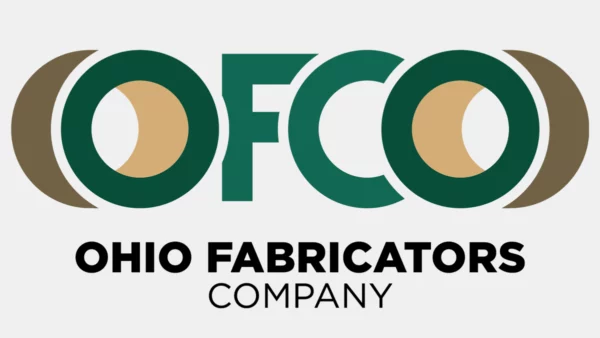Debt Ceiling Brinksmanship Hurts U.S. Manufacturing

By Kip Eideberg, Senior Vice President of Government and Industry Relations, Association of Equipment Manufacturers
The last time we tipped dangerously close to a debt limit crisis, the U.S. manufacturing sector was hit hard. The cost of borrowing jumped substantially, which in turn raised the cost of capital, discouraged investment, and depressed real wages and living standards. Business confidence fell 3% in less than two months. The 30-year conventional fixed-rate mortgage spread jumped by as much as 70 basis points, hampering home buyers and pushing up rents, impacting manufacturing workers in communities from Pennsylvania to Wisconsin. The credit-rating agency Standard & Poor’s downgraded the U.S government’s credit rating for the first time in the country’s history, sending shock waves through the global financial system. An actual breach would have been far worse.
Despite the close call back in 2011, lawmakers find themselves yet again locked in a high-stakes political battle over the debt ceiling. The U.S. hit its legal borrowing limit on Jan. 19. In the past, Congress has avoided breaching the limit by simply raising it. This time around, Republicans in the House of Representatives have signaled that they will not support increasing the debt ceiling – not unless they secure spending cuts or other concessions. President Biden, meanwhile, has said that he will not negotiate over the debt limit.
The severity of the current standoff, not to mention a possible default, will have a lot to do with the underlying reasons and how long it takes for lawmakers to back away from the brink and reach an agreement. For the equipment manufacturing industry, the biggest impact will be soaring interest rates and the availability of capital. In fact, equipment manufacturers are already forecasting a 6.4% profit margin loss in 2023 due to the effects of rising interest rates coupled with significant price hikes on inputs.
It is the same story for many of our customers. Today there is still a large percentage of crops that are financed through loans and lines of credit. If interest rates were to rise dramatically, then farmers will have to forgo investments in new equipment so they can continue to put crops in the ground. With the residential housing market cooling off and higher costs for construction materials, contractors are already beginning to hold off on much-needed upgrades to their fleets. A rise in interest rates will further delay those investments.
Lawmakers these days seem far too satisfied to go right up to the brink of calamity only to solve the problem last minute. The approach makes for great cable news and works wonders for politicians. The problem is that it does not work for business leaders. As the old saying goes, this is no way to run a railroad.
The current brinkmanship in Washington poses unacceptable risk to the equipment manufacturing industry’s economic growth and job creation. Failure to lift the debt limit to meet current obligations will raise the cost of borrowing for equipment manufacturers, thousands of small business suppliers, and customers from the farm to the jobsite. Lawmakers must pass legislation that lifts the debt ceiling and puts America on a true path to a sound fiscal future. Inaction is not an option America can afford.
For more information, visit www.aem.org.
This article was originally published in The Hill and was republished on aem.org with permission.





